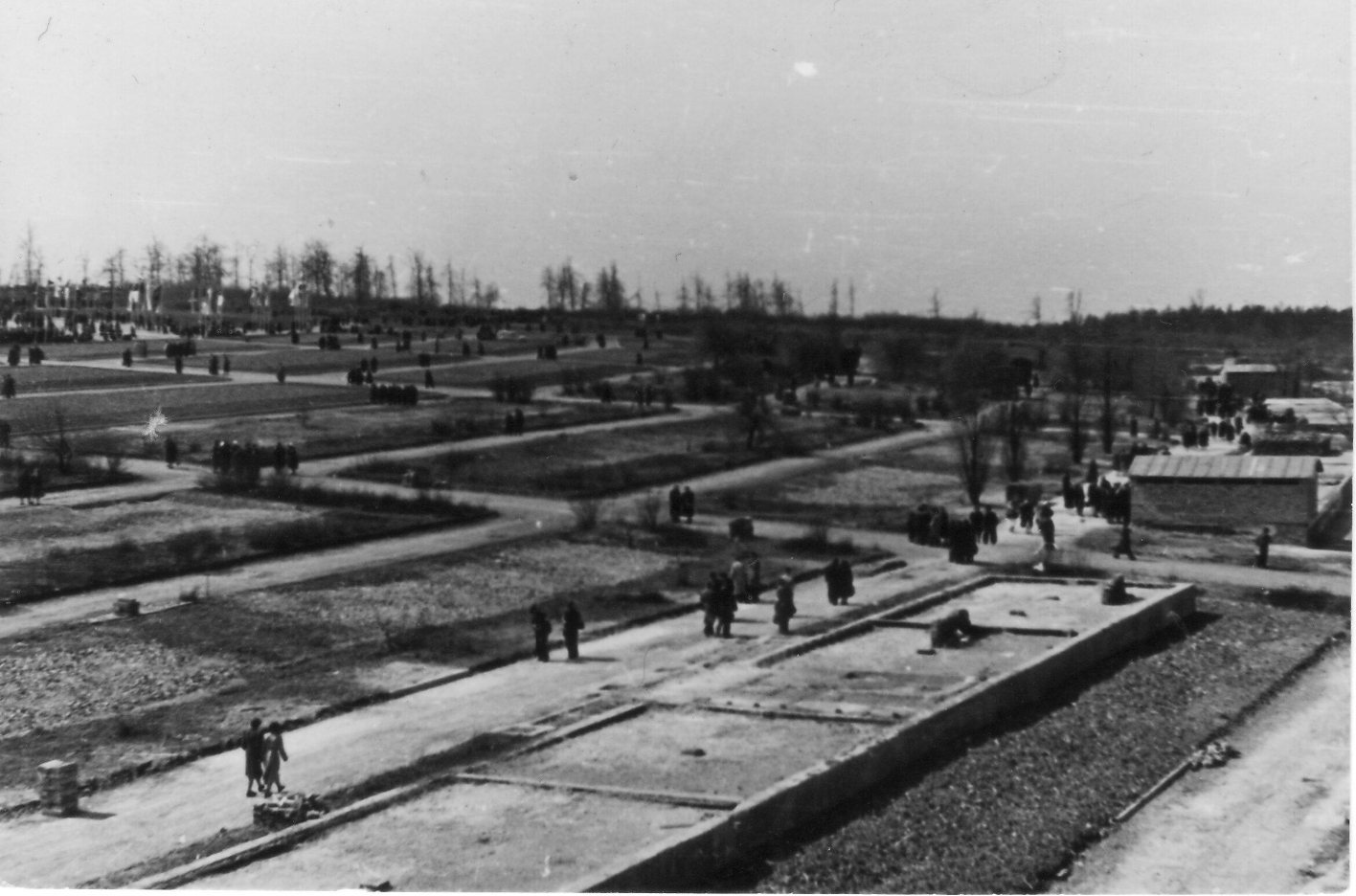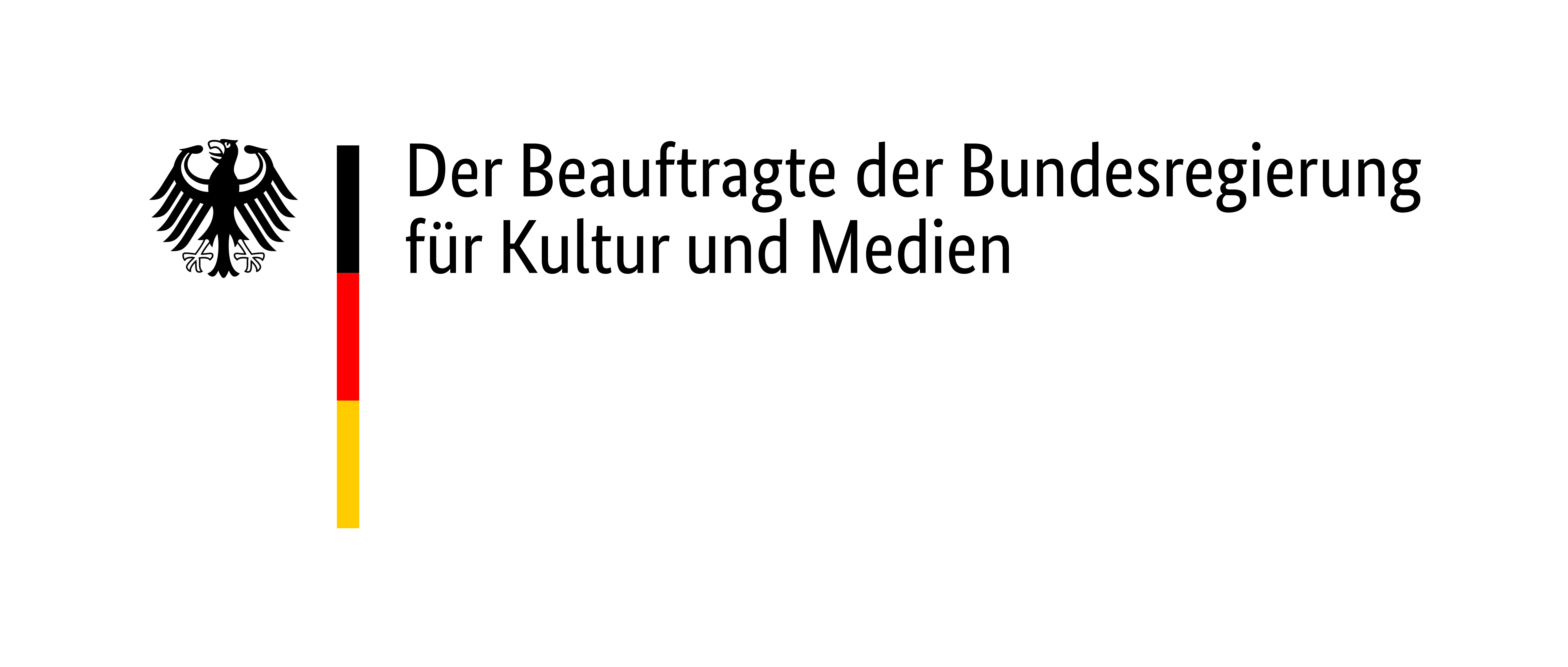
When Soviet administrators officially handed the former camp over to the State of Thuringia on December 1, 1951, it had already been substantially looted by the populace. Although many foreign survivors of the camp expressed shock about its state following the 1952 anniversary celebration of the liberation, in May of that year, GDR officials began to have the remaining buildings systematically torn down. Not the inmates' powerless captivity, associated with the barracks, was to be commemorated, but the heroic resistance manifested in stone by the
Only once all the wooded barracks had been torn down did protests—such as those by French survivors and family members—lead to a rethinking of the site among the responsible GDR officials. Instead of covering the site with trees as a "grove of honour," which would have obliterated the camp, the idea took root of turning the main camp into an empty, grey, and raw open area. The locations of the barracks were marked with granite stones and their respective block number. The black copper slag marking the footprint of the barracks was intended to symbolize the defeat of fascism. More than half of the camp complex, including the Little Camp, was left to nature.

